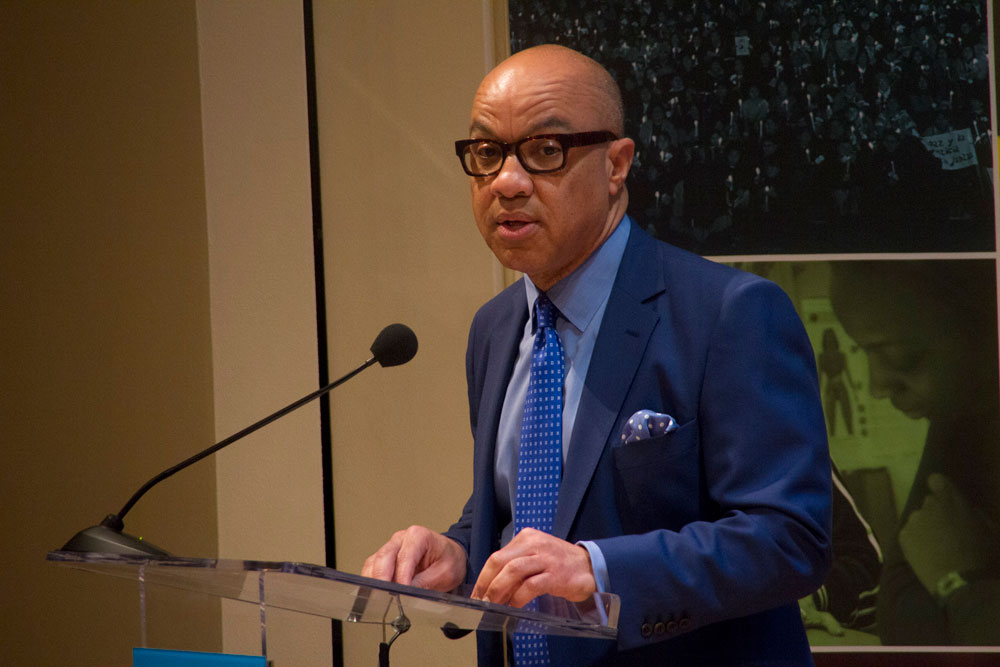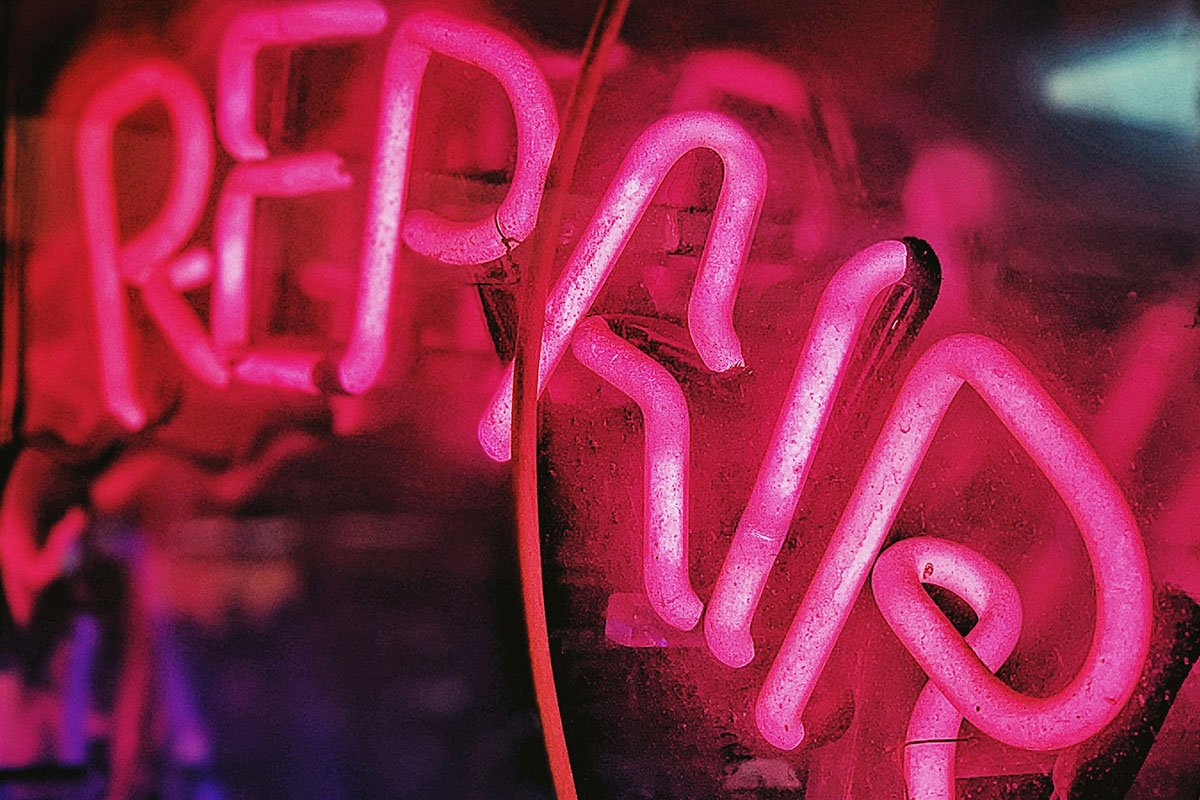
November 17, 2020; Wall Street Journal
This past summer, our nation was convulsing. The nonprofit sector and the philanthropies they rely upon were faced with a convergence of crises. COVID-19 was raging, devastating the health and economy of communities. Graphic evidence of police violence was regularly in the air. The nation’s racist reality was unmasked, and no one could avoid noticing that BIPOC [Black, indigenous, and people of color] communities were most vulnerable. The housing, educational, and medical redlining we did not want to acknowledge became impossible to ignore as illness and death became a new way to measure them.
Responses to the unchecked spread of this deadly disease and the impending obsolescence of “normal” life stretched existing resources and demanded new ways to serve. Expected sources of funding were disrupted, leaving organizations to struggle. The question of survival was on the table, and what our world would be like when these crises passed remained a mystery.
The $13-billion Ford Foundation, as described by Elisa Lipsky-Karasz, writing for the Wall Street Journal, saw the situation as a call to action. Ford stepped forward with an aggressive commitment: an additional $500 million this year and next, doubling its annual allocation. Its leadership went further, multiplying the impact by recruiting other large legacy foundations to join them in providing extra support in a moment of national crisis.
Ford could easily have chosen to draw down more money from its endowment to meet the needs of grant recipients, but its growing desire to operate like a modern, financially savvy organization guided it in another direction. With investment markets at all-time highs, those with funds to invest are poised to benefit. Rather than spend these earnings directly, though, the Ford Foundation and its partners made the “prudent” business decision, capitalizing on low interest rates, and issued bonds they could pay back over decades.
This follows the trail blazed by CEO Darren Walker, who, as a former investment banker, has tried to merge business and philanthropy seamlessly. (A development that might bring a smile to the faces of the philanthropy’s founders, including Henry Ford II, who lamented a disdain for capitalism among the beneficiaries.) In turning to the bond market, rather than tapping their own funds, the Foundation is following a path Walker has seen as critical to continued viability:
As part of this shifted focus, in 2017, [Walker] convinced the Ford trustees to approve the earmarking of up to $1 billion of the endowment over the next decade for mission-related investments (MRIs). The program has invested in HCAP Partners, a private-equity firm focused on underserved markets, and MACRO, a media company that represents people of color.…
Walker believes it’s possible to benefit from the advantages of capitalism while helping grind off its rough spots, those practices that victimize rather than benefit the entire community. “I am a proud capitalist,” he says, “but the kind of capitalism that we have today has not delivered on its potential and is why inequality has surged these past two decades. We must transform our economy and our economic system.”
In his 2019 book, From Generosity to Justice: A New Gospel of Wealth, Walker argues inequality is tantamount to injustice. “People like me have to give [something] up,” he says. “We have to think about the ways in which our policies support our privilege.”
Sign up for our free newsletters
Subscribe to NPQ's newsletters to have our top stories delivered directly to your inbox.
By signing up, you agree to our privacy policy and terms of use, and to receive messages from NPQ and our partners.
Multibillionaire and new-generation philanthropist Jack Dorsey, the founder of Twitter and Square who now sits on the foundation’s board, also admires how Ford and Walker are operating more like a business. “Questioning what philanthropy at scale means and reinventing it…shows a lot of understanding of what goes on in the financial world…and the strength of his voice in this space is incredibly important.”
“It’s not just giving money away,” he notes. “It’s creating a system in a very old, massive organization and shifting it to what it needs to be.”
Observing the direction of these large foundations, Steve Dubb, writing for NPQ, raises a red flag: Can the tools of a system that has created that inequity be used to tear it down?
It raises questions because what it says is that foundations are committed to maximizing their investment portfolios—and will even borrow to do so. In other words, foundations through their investments help prop up a capitalist economy that often harms their grantees. By borrowing to make grants now, the foundations are in fact increasing their dependency on achieving the financial returns that make it possible to pay back their loans. Put differently, they are acting more like hedge fund managers than how they might like to imagine themselves.
For Takema Robinson, executive director of the Greater New Orleans Funders Network and CEO of Converge Consulting, the concern goes deeper than just how money is managed. If Walker’s desire for economic transformation is to be realized, the elitist nature of big philanthropy must be cracked open.
There is no expectation that the very people from which the capital in these institutions has been extracted should have a seat at tables where regions are being reimagined—because in philanthropy, the concept of reparations is not yet taken seriously. Therefore, the idea that a central focus on reconstructive equity—equity that acknowledges the harm and makes people whole—should take precedence, is foreign to many philanthropists.
Walker seems to understand the need for more radical change. “There is absolutely a power dynamic that can distort the behavior of nonprofits and actually can do harm,” he says. “One of them is the arrogance of wealthy philanthropists who think they know the answer to a community’s needs. I know what it feels like to have philanthropists say, ‘Here’s what you need,’ as opposed to saying, ‘What do you think?’”
Half a billion dollars is a significant sum for those organizations that will receive their share. Foundations and individual philanthropists who have stepped forward in these difficult days have done something positive. But the larger issues of wealth, privilege, and elitism will not lose their importance because more money is flowing. In the light of all we have been forced to see about the structural inequity we have created, we cannot look away and ignore that what structures underlie what the Ford Foundation represents.—Martin Levine











